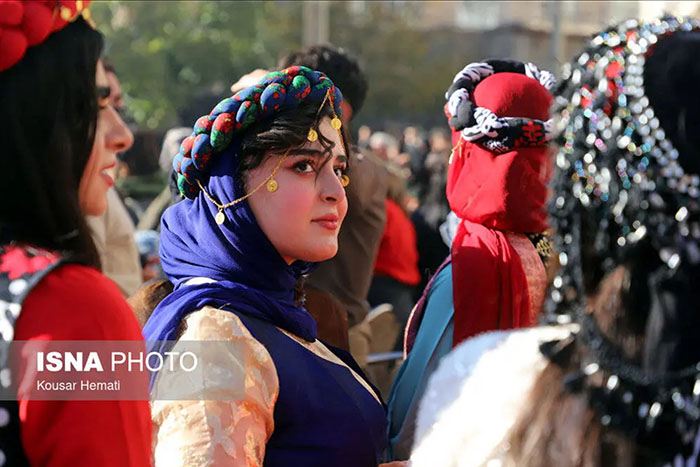The widespread geographical distribution of pomegranates—from the Middle East and the Caucasus to tropical Africa, Central Asia, Southeast Asia, and the Mediterranean basin—reflects centuries of human movement, trade, and agricultural knowledge. Ancient Persian traders and farmers played a decisive role in introducing the fruit to new regions, a legacy still preserved in linguistic traces, culinary traditions, and religious symbolism.
Origin of the Name “Pomegranate”
The word “pomegranate” is believed to derive from an ancient Persian root, anaram or aniram, which some linguistic interpretations connect to meanings related to “endless light.” This poetic connection reflects not only the fruit’s glowing internal appearance but also its symbolic role in Persian cosmology, where fire and light hold central spiritual significance.
The fruit’s fiery red color and distinctive crown—shaped like a small crown of flames—likely reinforced these associations. In mythological contexts, the pomegranate often appears as a symbol of immortality, rebirth, or divine blessing. In Iran’s Zoroastrian tradition, it is linked to purity and the eternal flame. In Islamic tradition, pomegranates are mentioned in the Qur’an as a fruit of paradise. Throughout Persian poetry, the pomegranate serves as a metaphor for the human heart, love, longing, and beauty.

